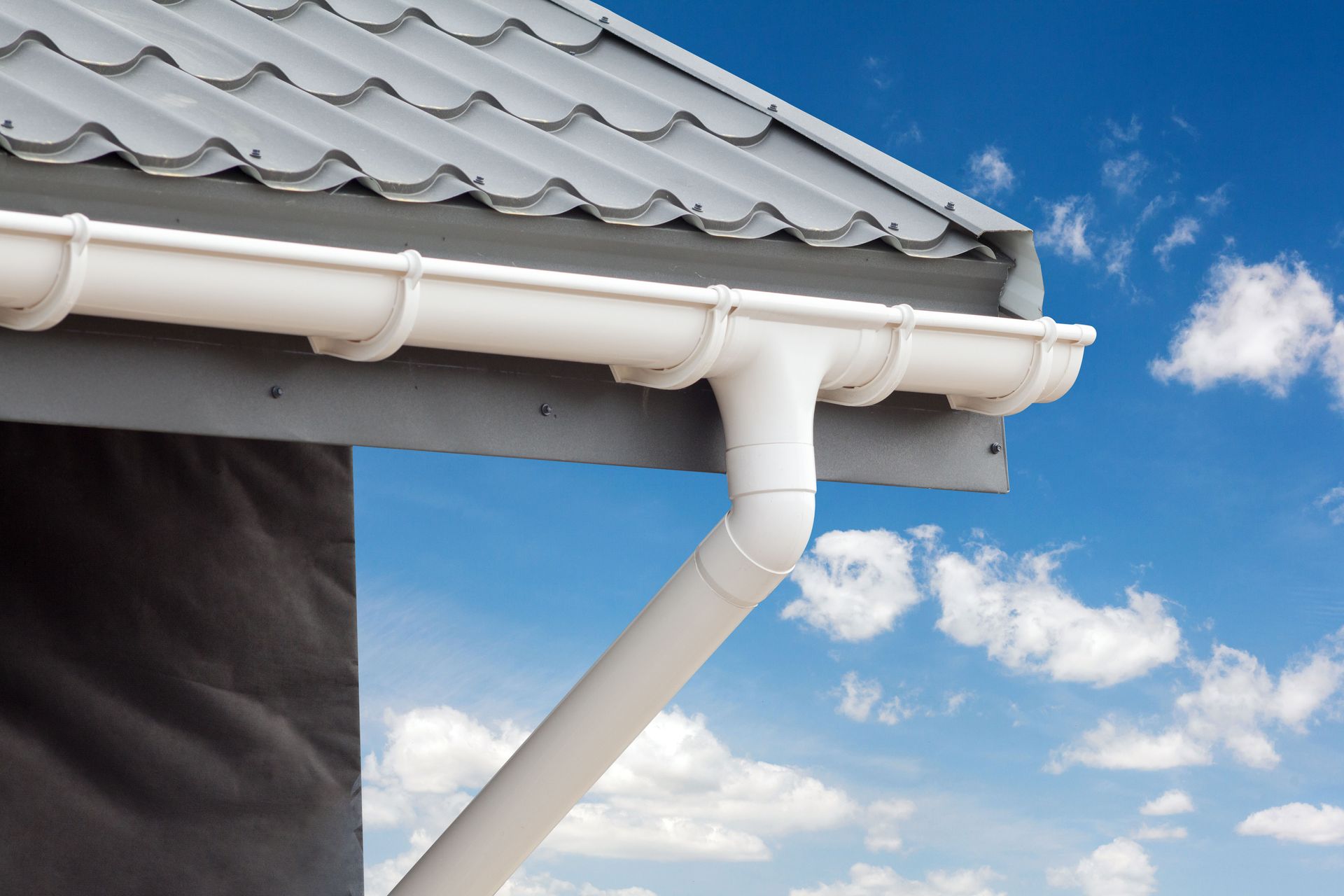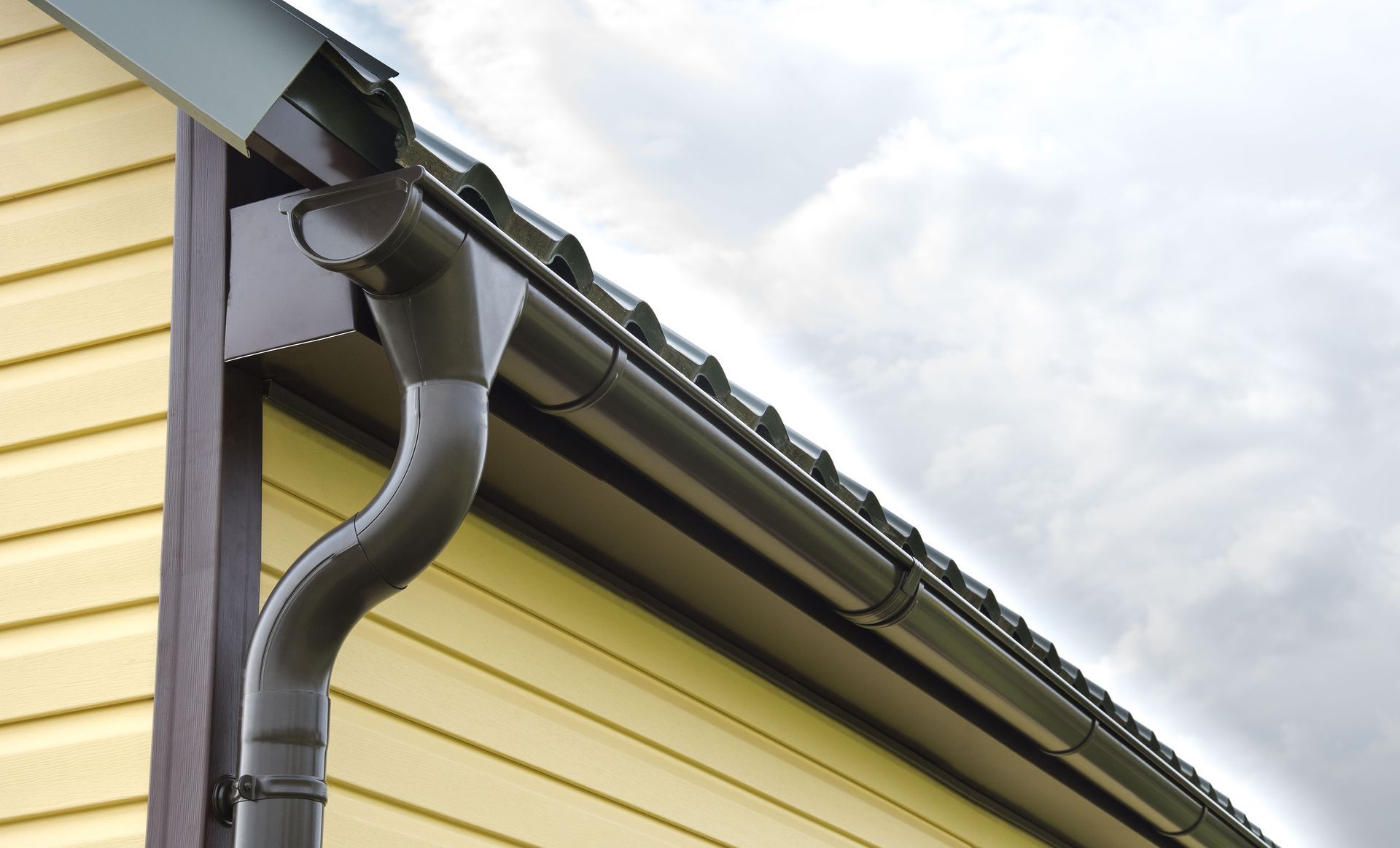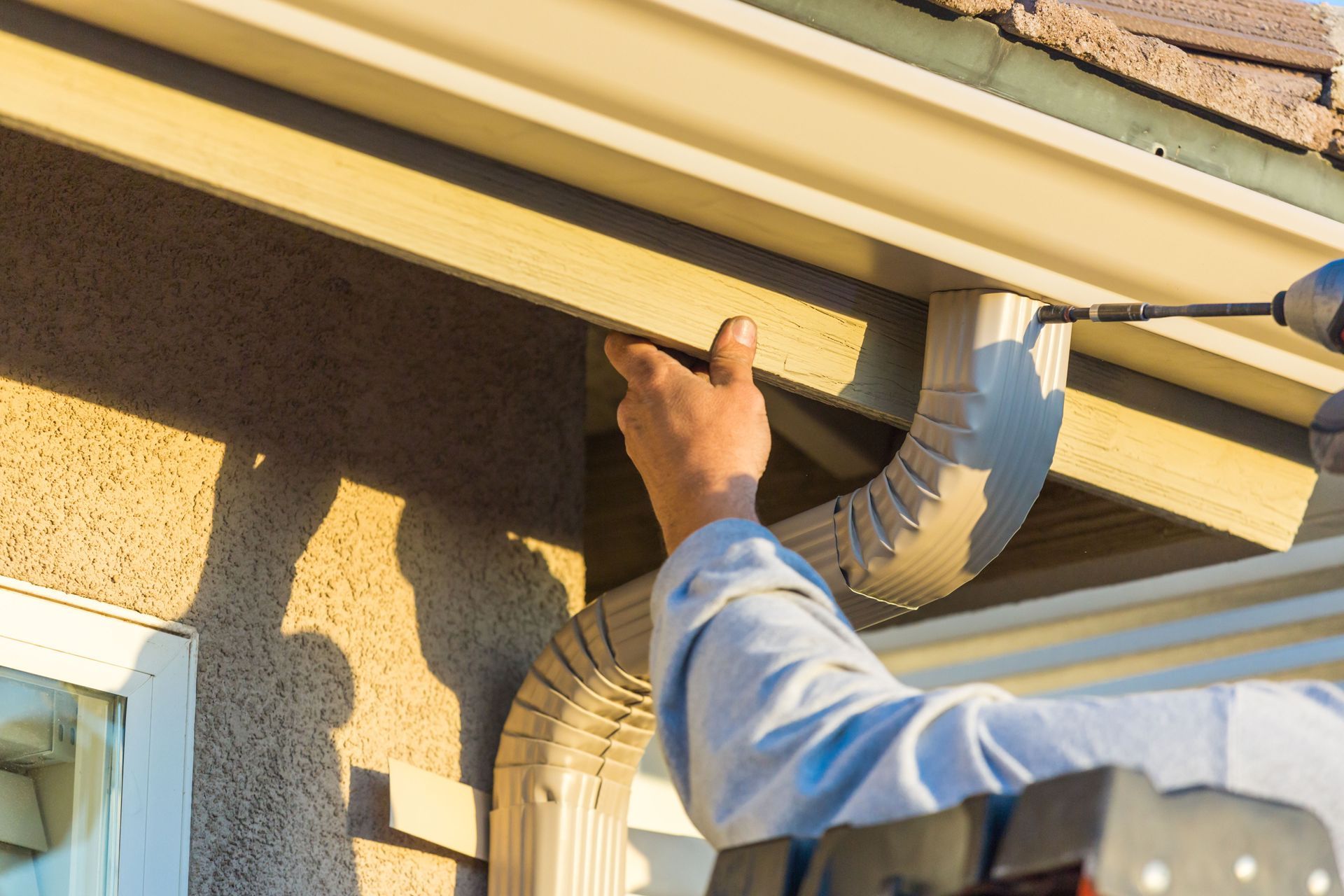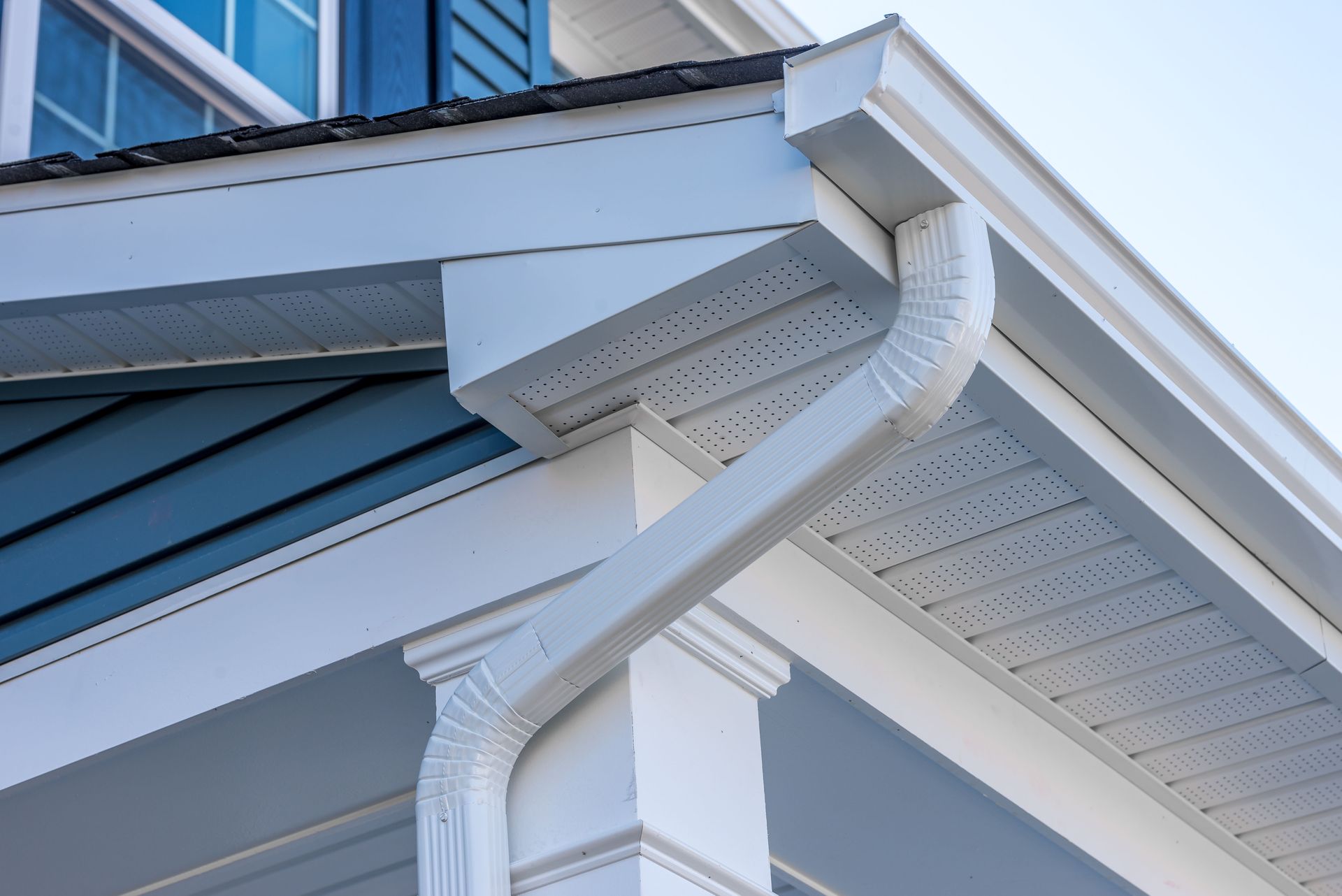15 Common Gutter Problems and How Pros Can Fix Them
Gutters are an essential part of your home’s exterior, protecting your foundation, siding, and landscaping from water damage. When they’re functioning properly, they direct rainwater safely away from the property. However, gutters are often overlooked until problems become obvious—and by then, the damage can be expensive. Professional contractors understand how to identify and repair these issues quickly, preventing long-term harm. Below are 15 of the most common gutter problems homeowners face, along with how local gutter services can solve them.
1. Clogged Gutters
Leaves, twigs, and other debris often accumulate in gutters, blocking water flow. This can cause water to overflow, damage the fascia, and pool around your foundation. Local gutter services handle this by thoroughly cleaning the system and inspecting for hidden blockages. They may also recommend installing gutter guards to reduce future buildup. Regular maintenance schedules are another pro solution, keeping clogs from becoming a recurring issue.
2. Sagging Gutters
Over time, gutters can sag due to the weight of debris, water, or age-related wear. Loose hangers or rusted spikes also contribute to this problem. Pros fix sagging gutters by tightening or replacing fasteners, upgrading to stronger brackets, and sometimes rehanging the entire system. They also evaluate the spacing of hangers to make sure the weight is evenly supported, preventing future drooping.
3. Leaking Seams and Joints
Older gutters, especially sectional systems, often develop leaks at seams and joints. Even small gaps can lead to significant water damage over time. Contractors typically seal leaks with professional-grade caulking or adhesives. In cases of severe deterioration, they may recommend replacing sections with seamless gutters, which are less prone to leaks. Pros also check alignment, since misaligned joints can stress the seams and worsen the issue.
4. Improper Gutter Pitch
For water to flow correctly, gutters must have a slight slope, usually about 1/4 inch for every 10 feet, according to This Old House. If they’re too flat, water pools; if too steep, it rushes toward the downspouts too quickly. Local gutter services adjust the pitch by rehanging the gutters at the correct angle. During inspections, they also measure flow to confirm water drains evenly. A proper pitch prevents standing water that could lead to rust or insect infestations.
5. Insufficient Downspouts
Even if your gutters are clean, water won’t drain efficiently without enough downspouts. This often results in overflow during heavy rainfall. Contractors assess the size of your roof and recommend adding more downspouts to handle the water load. They strategically place them to improve drainage, directing water safely away from the foundation. In some cases, extensions or splash blocks are added for extra protection.
6. Foundation Problems From Poor Drainage
When gutters don’t channel water away properly, it often collects around your home’s base. Over time, this can lead to cracks, leaks, or basement flooding. Local gutter services address this by extending downspouts, installing underground drainage systems, or regrading the landscape to move water away from the foundation. They may also integrate French drains or catch basins for homes in areas with frequent heavy rains.
7. Ice Dams in Winter
In colder climates, ice dams can form when heat escapes from the roof, melting snow that then refreezes in the gutters. This blocks drainage and may cause leaks inside your home. Professionals handle ice dams by improving attic insulation and ventilation, which reduces heat loss. They may also install heating cables along the gutters and roof edges to prevent ice buildup. Seasonal inspections help identify potential risks before winter sets in.
8. Rust and Corrosion
Metal gutters, particularly steel ones, can rust over time if water is allowed to sit. This weakens the gutter system and leads to holes. Contractors typically sand and repaint minor rust spots with rust-resistant coatings. When corrosion is extensive, they recommend replacing old gutters with aluminum or vinyl, which are more durable. During replacement, local gutter services also check for structural damage that rust may have caused.
9. Pest Infestations
Standing water and debris in gutters attract pests such as mosquitoes, rodents, and birds. Nests or insect colonies can block water flow and even spread into your roofline. Professionals clear out infestations and sanitize affected areas. To prevent recurrence, they may install guards or screens to block entry and recommend routine maintenance. Some contractors also apply treatments to discourage pests from nesting in the system.
10. Detached or Damaged Gutters
Storms, falling branches, or years of wear can cause gutters to detach from the roofline. Detached gutters allow water to spill directly onto siding and landscaping. Local gutter services can re-secure gutters using heavy-duty fasteners and may reinforce fascia boards if they’ve been damaged. If sections are bent or beyond repair, replacement is often the best option. Contractors also inspect surrounding areas for hidden water damage that may need attention.
11. Overflowing Gutters During Heavy Rain
Even with clean gutters, heavy rainfall can overwhelm the system if it’s undersized or poorly designed. Water spilling over the sides can damage siding, windows, and landscaping. Pros resolve this by upgrading to larger-capacity gutters, adding additional downspouts, or installing rain diverters. They also assess roof size and slope to determine the proper gutter dimensions for effective water management.
12. Cracked or Split Gutters
Temperature changes, age, and physical damage can cause cracks or splits along gutter channels. Even small cracks can expand and leak water onto siding or foundations. Professionals patch minor cracks with sealants and reinforcing materials. For extensive damage, they recommend replacing sections or upgrading to seamless gutters, which are less prone to splitting. Regular inspections by local gutter services help catch cracks before they turn into serious leaks.
13. Gutter Pulling Away from Fascia
Over time, gutters may pull away from the fascia board due to loose fasteners, rot, or excessive weight. This gap allows water to drip behind the system and damage roofing or walls. Contractors repair this by replacing rotted fascia boards, securing new brackets, and ensuring the gutters are firmly attached. In some cases, they recommend fascia wrap or protective coverings to prevent future deterioration.
14. Poorly Positioned Gutters
If gutters aren't positioned correctly along the roofline, water may bypass them entirely and run down the walls or pool near the foundation. Improper placement often results from DIY installation or shifting over time. Local gutter services fix this by realigning the gutters to sit at the right height and angle, making sure they capture runoff effectively. They also check the roof’s drip edge and flashing to confirm everything works together to guide water into the system.
15. Inadequate Maintenance Over Time
One of the biggest reasons gutters fail is simply neglect. Without regular cleaning and inspections, small issues like minor leaks, loose brackets, or early rust can grow into major problems. Professionals provide scheduled maintenance services that include cleaning, sealing, and inspecting every part of the system. This proactive care extends the lifespan of the gutters, helps prevent costly damage, and keeps the entire drainage system performing at its best.
Addressing gutter problems early prevents costly damage to your home’s structure and landscaping. Professionals not only fix immediate issues but also provide long-term solutions like seamless systems, protective guards, and scheduled maintenance. Here at River City Gutters, our family-owned-and-operated business has been serving San Antonio and the surrounding areas since 2014! Contact us today for local gutter services.






Share On: